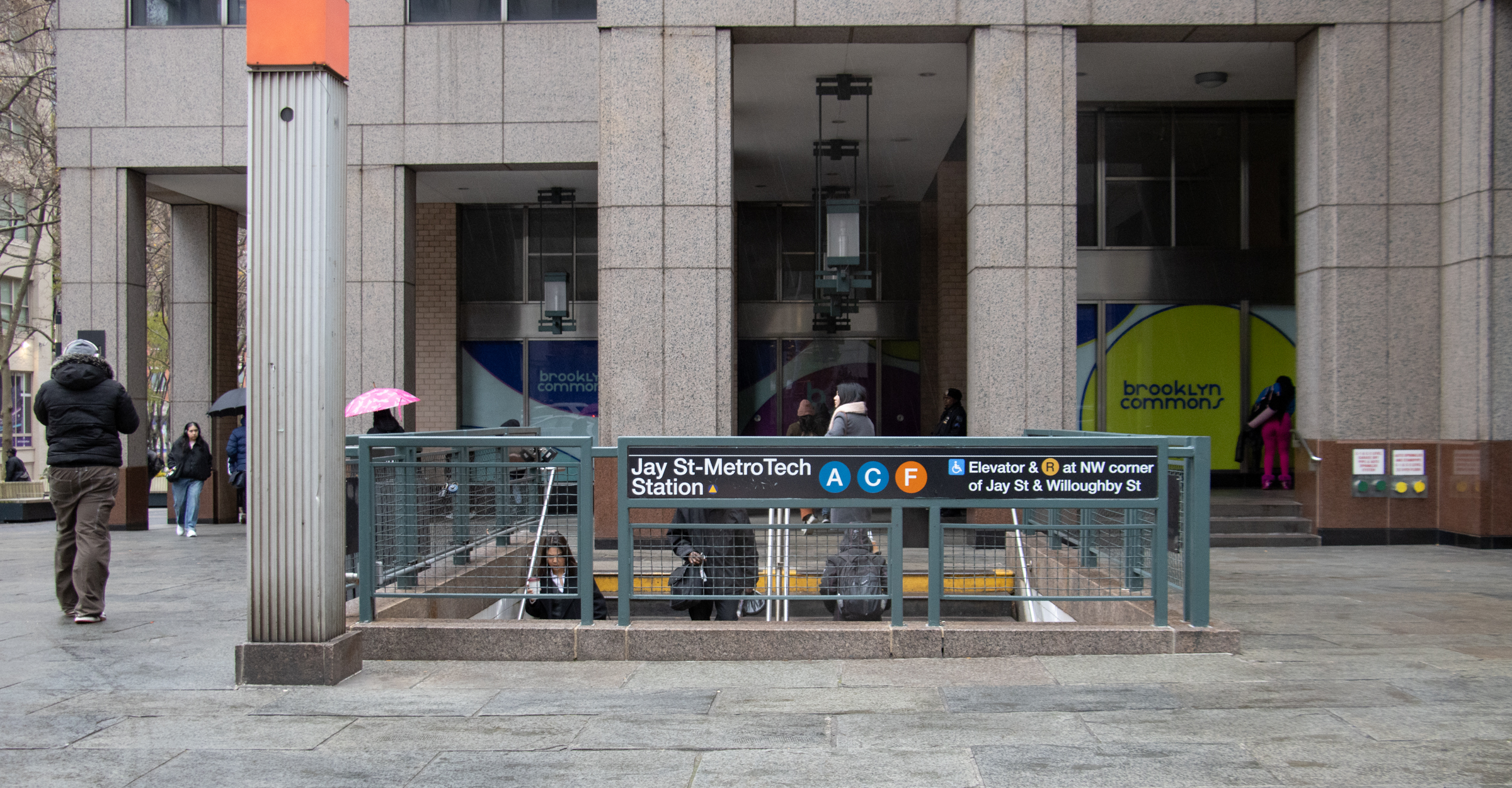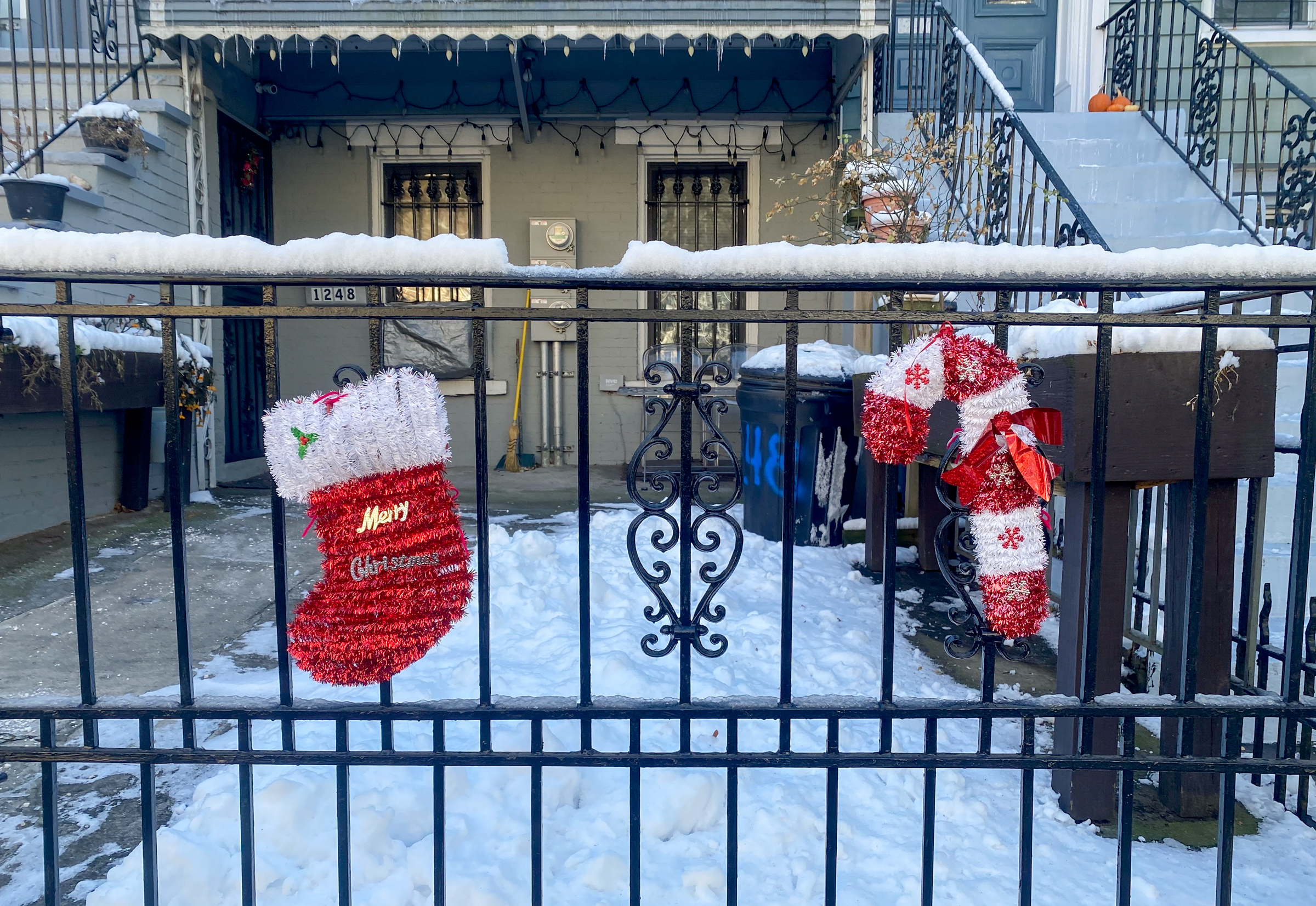Inside Third & Bond: Week 50
If you’ve been by the site lately, then you’ve probably noticed the regular thrum, thrum, thrum of the rig pounding timber into the ground. No, it isn’t a crowd of Olympic enthusiasts stamping their feet in appreciation of the most recent gold medalist. Not special effect for a video set to Carole King’s ‘I Feel…


If you’ve been by the site lately, then you’ve probably noticed the regular thrum, thrum, thrum of the rig pounding timber into the ground. No, it isn’t a crowd of Olympic enthusiasts stamping their feet in appreciation of the most recent gold medalist. Not special effect for a video set to Carole King’s ‘I Feel the Earth Move,’ nor a visit from King Kong. Just the regular, old business of construction. There’s no denying that pile driving is loud and causes the ground to shake, but the vibrations aren’t as bad as they might seem. According to a series of studies by the US Bureau of Mines, vibrations with a particle velocity below 0.5 inches per second are unlikely to cause damage to residential structures, regardless of the frequency character and duration of the vibration. Safe levels of ground vibration range from 0.5 inches per second to 2.0 inches per second peak particle velocity. (We don’t know what peak particle velocity means either but it is something like the maximum rate of change in a wave’s amplitude as a function of time.) Our vibration readings throughout pile driving have been within the allowable limit.
How do we know this? Find out below.
 We have vibration monitoring at the site via multiple portable seismographs and a vibration consultant who calibrates, installs, watches, and reports on vibrations. The seismographs we are using are Instantel MiniMate Plus. According to the manufacturer, this seisomograph is useful for a wide variety of applications, from pile driving to underwater blasting. If we start approaching our trigger limit, the guy watching the seismograph alerts the site supervisor. So far we’ve not had high readings. If we did, then we might reconsider our use of timber piles. But back in May when we drove our first piles, we did vibration monitoring to see if the timber piles would result in significantly more vibration than the steel H piles. They did not, so we went with timber piles for the rest of the job which were significantly less expensive than the steel.
We have vibration monitoring at the site via multiple portable seismographs and a vibration consultant who calibrates, installs, watches, and reports on vibrations. The seismographs we are using are Instantel MiniMate Plus. According to the manufacturer, this seisomograph is useful for a wide variety of applications, from pile driving to underwater blasting. If we start approaching our trigger limit, the guy watching the seismograph alerts the site supervisor. So far we’ve not had high readings. If we did, then we might reconsider our use of timber piles. But back in May when we drove our first piles, we did vibration monitoring to see if the timber piles would result in significantly more vibration than the steel H piles. They did not, so we went with timber piles for the rest of the job which were significantly less expensive than the steel.
 Our neighbors shouldn’t experience damage due to vibrations below the trigger, but we feel it’s wise to err on the side of caution. For example, we were a little concerned with the back patio of one neighbor. His patio walls and chimney used to rest on our structure, which we’ve demolished. It took some time but we finally secured his permission to add some temporary safeguards to this area (as pictured). At this point we have 91 piles in the ground and a little over half to go. With any luck, we’ll be finished before most people return from their August vacations. Or at least before the Michael Phelps DVDs hit the streets or has that already started?
Our neighbors shouldn’t experience damage due to vibrations below the trigger, but we feel it’s wise to err on the side of caution. For example, we were a little concerned with the back patio of one neighbor. His patio walls and chimney used to rest on our structure, which we’ve demolished. It took some time but we finally secured his permission to add some temporary safeguards to this area (as pictured). At this point we have 91 piles in the ground and a little over half to go. With any luck, we’ll be finished before most people return from their August vacations. Or at least before the Michael Phelps DVDs hit the streets or has that already started?
Inside Third & Bond: Week 49 [Brownstoner]
Inside Third & Bond: Week 48 [Brownstoner]
Inside Third & Bond: Week 47 [Brownstoner]
Inside Third & Bond: Week 46 [Brownstoner]
Inside Third & Bond: Week 45 [Brownstoner]
Inside Third & Bond: Week 44 [Brownstoner]
From our lawyers: This is not an offering. No offering can be made until an offering plan is filed with the Department of Law of the State of New York.”





That was much a more civilized start time this morning. Whether coincidence or not, thanks.
I live on First Street between Hoyt and Bond and have read these posts on your building progress with interest. I have been impressed by the transparency you are providing to the public and also the wise strategy of transparency in creating goodwill with the neighborhood and the positive exposure your posts make in terms of the long-term success of your sales. All smart.
What is decidedly undercutting your smart public relations moves is a very basic problem. Starting pile driving before 8am (7:19am today 8/26) is quickly wiping away your outreach efforts and engendering illwill in the neighborhood (at least it is for me).
You obviously understand that sales based the location of your building will very much rely on referrals of others either living in or who know the neighborhood well and your relations with the general area very much dictate the success of your project. There are many and growing numbers of alternatives for apartment purchases in the area.
For this reason, I’d recommend telling your crew to get another cup of coffee and start pile driving at 8am.
Sam,
For smaller buildings I also thought that the best (most cost efficient while maintianing performance standards) kind of foundation was perimeter cast in place unless your soil bearing capacity was poor – high organic content, clay-ey, etc. We just did a small 2 story addition for a building in Astoria with side yard set backs and used garden-variety spread perimeter footings.
For this site maybbe there are environmental or water table issues.
I don’t understand why everybody is driving piles. What happened to masonry footings and foundation walls?
My guess is that new DOB regs, intended to protect neighboring properties from underpinning problems, is now causing contractors to switch to piles, which have been traditionally used on sites with some sort of soil bearing problem, like sandy sites or landfill sites, etc.
Can someone clarify why all of a sudden we are seeing piles instead of normal masonry fondations on terra firma?
Is it cheaper?
It’s very common for developers to think that everything they do is safe and has no adverse effect on neighbors and their property, regardless of whether it’s true or not.
You wrote “There’s no denying that pile driving is loud and causes the ground to shake, but the vibrations aren’t as bad as they might seem.”
Having lived next door to a construction site in 2002, You’re driving timber. The construction site next to me was pile driving metal beams. The vibrations were horrible, strong enough that in the 3rd and 4th floor apartments, shelves fell down, dishes broke, things got damaged. My building was a pre-war with cracks in it already. When we the DOB finally did an on site inspection they pitched a fit over the pile driving so close to older buildings- actually within 4 feet in one area- and forced the company to change to the type that screws into the ground (I forget the name).
I doubt the bureau of mines accounts for the age or type of construction but we would have killed for Urban Foundation to have taken responsibility the way your company has and done reinforcement work first.
I’m feeling a change in my wave’s amplitude right now!! Nudge nudge wink wink say no more.